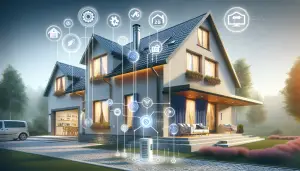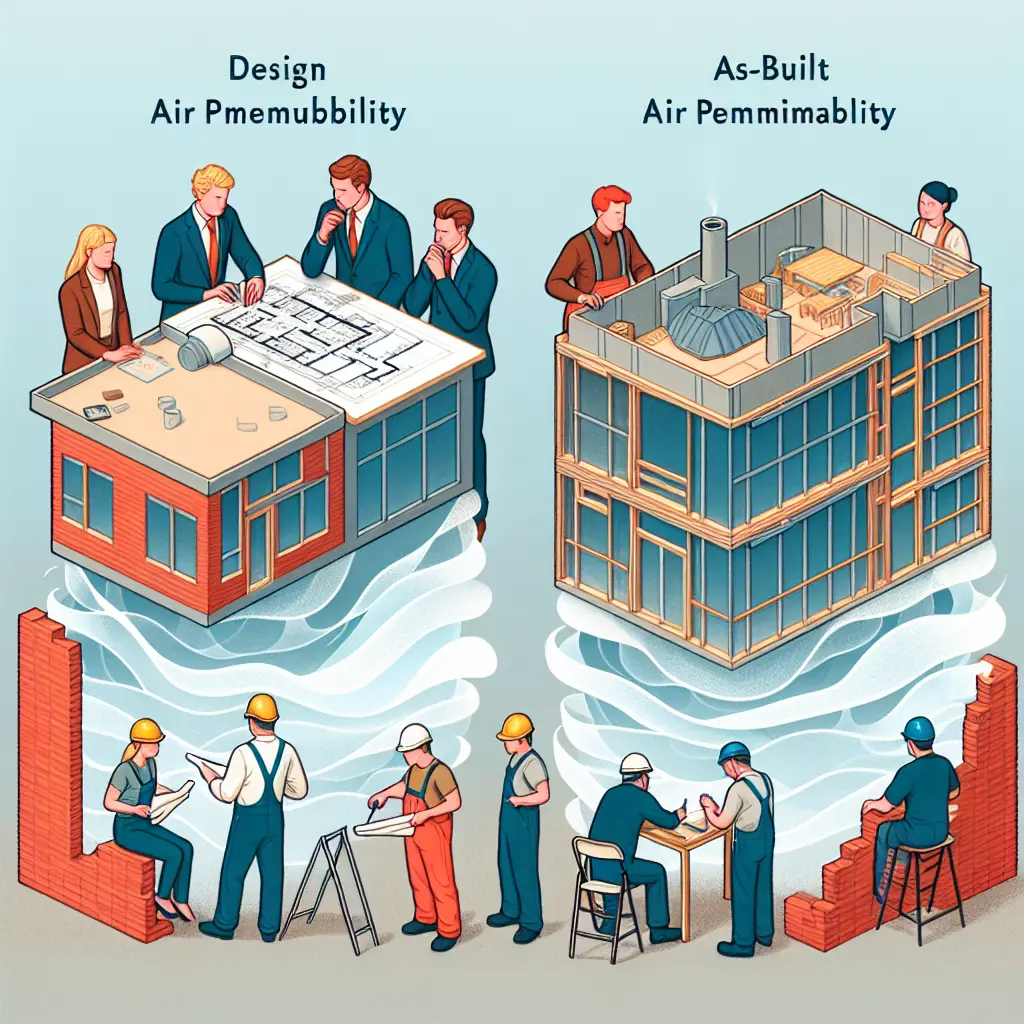
Air Permeability Testing: Preparing Your Site for Success
To ensure your building achieves the desired energy efficiency and ventilation standards, thorough preparation for air permeability testing is essential. By completing all structural work, sealing unintended openings such as gaps around pipes and cracks in building materials, installing temporary seals on features like chimney stacks and ventilation ducts, and ensuring all ventilation systems are properly installed and operational, you can significantly improve the accuracy of your results. Additionally, preparing internal spaces by wedging open interior doors and filling drainage traps with water is critical. Avoid common mistakes, such as leaving structural openings unattended, to ensure successful testing. Choose Ratio Seven for air permeability testing services, and take a step closer to maximum energy efficiency and comfort.








